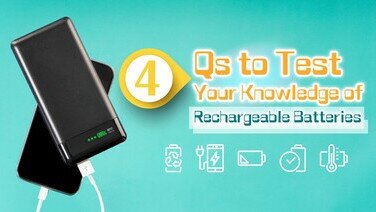UV ABC
Everyone knows that the sun emits UV radiation, which is invisible. But do you know that UV radiation can be further divided into UVA, UVB, and UVC according to its wavelength?
UVC and a large portion of UVB are absorbed by the earth's atmosphere, so most of the UV rays that reach the earth are UVA and, to a lesser extent, UVB.
UVA and UVB can cause different problems to the skin
Although sun exposure can help the body in producing vitamin D which makes bones stronger and reduces the chance of fractures, excessive exposure to the sun may bring adverse effects. In fact, a few minutes of sun exposure per day is already sufficient to generate vitamin D. Furthermore, vitamin D can also be supplemented through daily diet. For example, salmon, tuna and other types of deep-sea fish contain vitamin D.
Excessive exposure to UV radiation can cause various skin problems: e.g. UVA can cause wrinkles, skin ageing and darkening, and may even lead to skin cancer. UVB (which has a higher energy level) can damage the DNA on the skin surface and cause sunburn which is also one of the main causes of skin cancer!
To avoid sunburn, learn to read the UV index!
We often hear the weather anchor mentioning the UV index (UVI) during the daily weather report, but how much do you know about this index? UVI is a measure of the amount of skin-damaging UV radiation on a particular day. The higher the UVI, the greater the potential for damage to the skin and eyes, and the less time it takes for harm to occur.

According to the guidelines recommended by the World Health Organization (WHO), UVI is reported using a scale of 1 to 11+, and is divided into 5 exposure levels: Low, Moderate, High, Very High and Extreme. Among them, UVIs 1 and 2 are “Low” and UVI 11+ is “Extreme”. According to the data provided by the Hong Kong Observatory, Hong Kong’s daytime UVI during summer season generally exceeds 10, which reaches ”Very High” or even “Extreme” level. Therefore, we have to pay heed to sun protection during summer season to avoid potential skin damage.
Most people often overlook the need for sun protection during autumn and winter months when the exposure level is either “Moderate” or “High”. In fact, it is equally important to avoid prolonged outdoor activities during daytime when the level is at “High” or above. During daytime, we should always apply sunscreen and wear a wide brimmed hat for protection!
Sun protection is necessary to prevent skin cancer
There is often a misconception that only Caucasians may develop skin cancer, and that skin cancer is not common in Hong Kong. In fact, skin cancer is one of the most common cancers, and the number of cases worldwide is increasing. Even in Hong Kong, the number of new cases found is also rising.
According to the statistics published by the Hong Kong Cancer Registry in 2017, skin cancer ranked 7th most common cancer in Hong Kong. Among the new cancer cases recorded in 2017 alone, 3.6% of the cases are skin cancer. The 3 most common types of skin cancer are basal cell carcinoma and squamous cell carcinoma (both are non-melanoma skin cancer), as well as melanoma. People who are often exposed to the sun are at high risk of developing these 3 types of skin cancer.
Occasional sun exposure may not lead to skin cancer?
The truth is, every occasion counts! If the skin is exposed to the sun twice and develops blisters due to overexposure to radiation, the relative risk of developing melanoma is 1.7 (a relative risk of 1 means the risk is neither higher nor lower). 3 consecutive times of sun exposure with blisters will increase the relative risk to 3.8!
At the same time, the effect of UV radiation on the skin is actually accumulative. Don't be tricked into thinking that only sunburn may lead to skin cancer. Although melanin will be produced to protect our skin when we are exposed to the sun, this protection is only equivalent to applying a sunscreen of SPF 4. The irony is that people want to have a suntan thinking that it symbolizes healthiness, but the suntan means that the skin tissues might have already been damaged. Even without sunburn on skin surface, the risk of contracting skin cancer has already increased!
Is it safer to use a tanning bed?
Some people may want to get a suntan using a tanning bed, thinking that staying indoors is safer and more convenient than exposing under the sun outside. But in fact, the skin is also exposed to both UVA and UVB when using a tanning bed. As mentioned above, these 2 types of UV radiation can cause skin ageing and may lead to skin cancer!
How to reduce the risk of skin cancer?
Apply sunscreen products
“Remember to put on sunscreen!" - it is a kind reminder we often hear. However, not everyone knows how to choose the right sunscreen products. Do you know that sunscreen products can be divided into 3 types: physical, chemical and mixed? And do you know their differences? When buying sunscreen products, SPF is not the only factor to consider. For further information on how to choose an effective sunscreen product, please refer to the article “Choose the Right Sunscreen Products — Beyond SPF value”.
Check the UVI before determining the activities for the day
As mentioned earlier, UVI indicates the intensity of UV radiation and how much damage it may cause to the skin. On days when the UVI is high (6 or above), you should avoid staying outdoors for a long time in order to minimize the sun exposure time and avoid direct sunlight to the eyes.
If you have to engage in outdoor activities for a prolonged period of time, especially during water sport activities, you should apply waterproof sunscreen with appropriate Sun Protection Factor (SPF) value to your body and face and reapply every 2 hours to prevent sunburn.
More sun protection measures
In addition to applying sunscreen products, you can also wear a wide brimmed hat, dark colour loose outfits with long sleeves to protect ourselves from the radiation. At the same time, try to stay in a shaded area or use an umbrella to avoid direct sun exposure. Wear sunglasses that can block UV radiation to protect your eyes.
Learn more about sun protective clothing
Generally speaking, any outfit that can cover the skin can achieve some degree of UV protection. Some clothing, however, has a higher protective function, including the following:
Specially treated sun protective clothing
Many sport outfits have been specially treated to enhance the degree of protection against UV radiation. These outfits are marked with UPF (Ultraviolet Protection Factor) values, which indicate how much UVA and UVB are allowed to penetrate. For example, clothing marked with UPF50 can block 98% of sun rays, thereby reducing the risk of sunburn.
Dark coloured clothes are more effective in sun protection
Dark coloured clothes are more effective in blocking UV radiation than light coloured ones. Generally speaking, the darker the colour, the more UV radiation can be absorbed, thus providing better protection to the skin.
Densely-woven fabric
Densely-woven fabrics, such as denim, canvas, wool or synthetic fibers, can more effectively block UV radiation than thin or loosely-woven fabrics. You can do a simple check on the level of light transmittance of the fabric under the sun. If the level of light transmittance is high, then UV radiation can easily penetrate the fabric and reach the skin.
Don’t forget to check out the guide on how to select sunscreen products. Click here to read the article, “Choose the Right Sunscreen Products — Beyond SPF value”.
The Consumer Council previously tested 30 models of sunscreen products on the market to check their sun protection efficacy and to find out which products are more cost-effective. For more information, please refer to the article, “Over 80% of Sunscreen Performed Below their Labelled Efficacy 6 Models Outperform But Price Can Vary By 23 Times”, CHOICE Magazine, Issue 528 (Chinese Version Only).


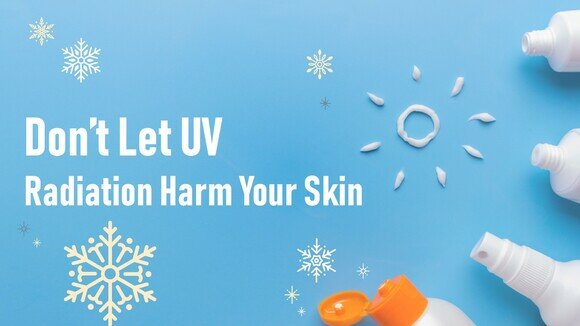
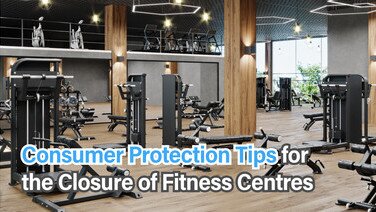


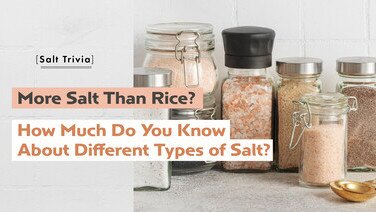
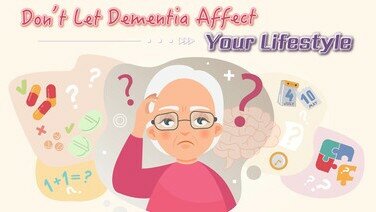
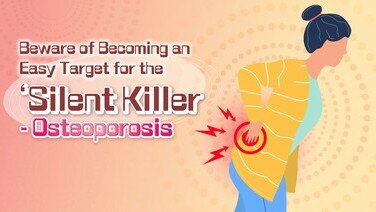
![[Handwashing Cold Knowledge] Debunking 4 common handwashing myths](/f/guide_detail/409326/376c212/43_4%E5%80%8B%E6%B4%97%E6%89%8B%E5%B8%B8%E8%A6%8B%E8%BF%B7%E6%80%9D_Eng.jpg)
